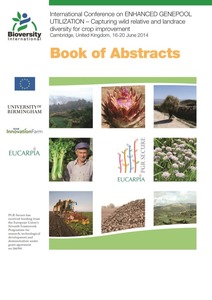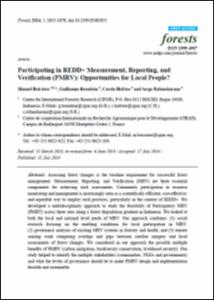International Conference Enhanced Genepool Utilization - Capturing wild relative and landrace diversity for crop improvement, Cambridge, United Kingdom, 16-20 June 2014. Book of Abstracts
This conference presents the culmination of the PGR Secure project (www.pgrsecure.org) – a collaborative project involving eleven partners funded under the EU Seventh Framework Programme, THEME KBBE.2010.1.1-03, 'Characterization of biodiversity resources for wild crop relatives to improve crops by breeding', Grant agreement no. 266394. It is jointly organized with the section on genetic resources of the European Association for Research on Plant Breeding (EUCARPIA).




